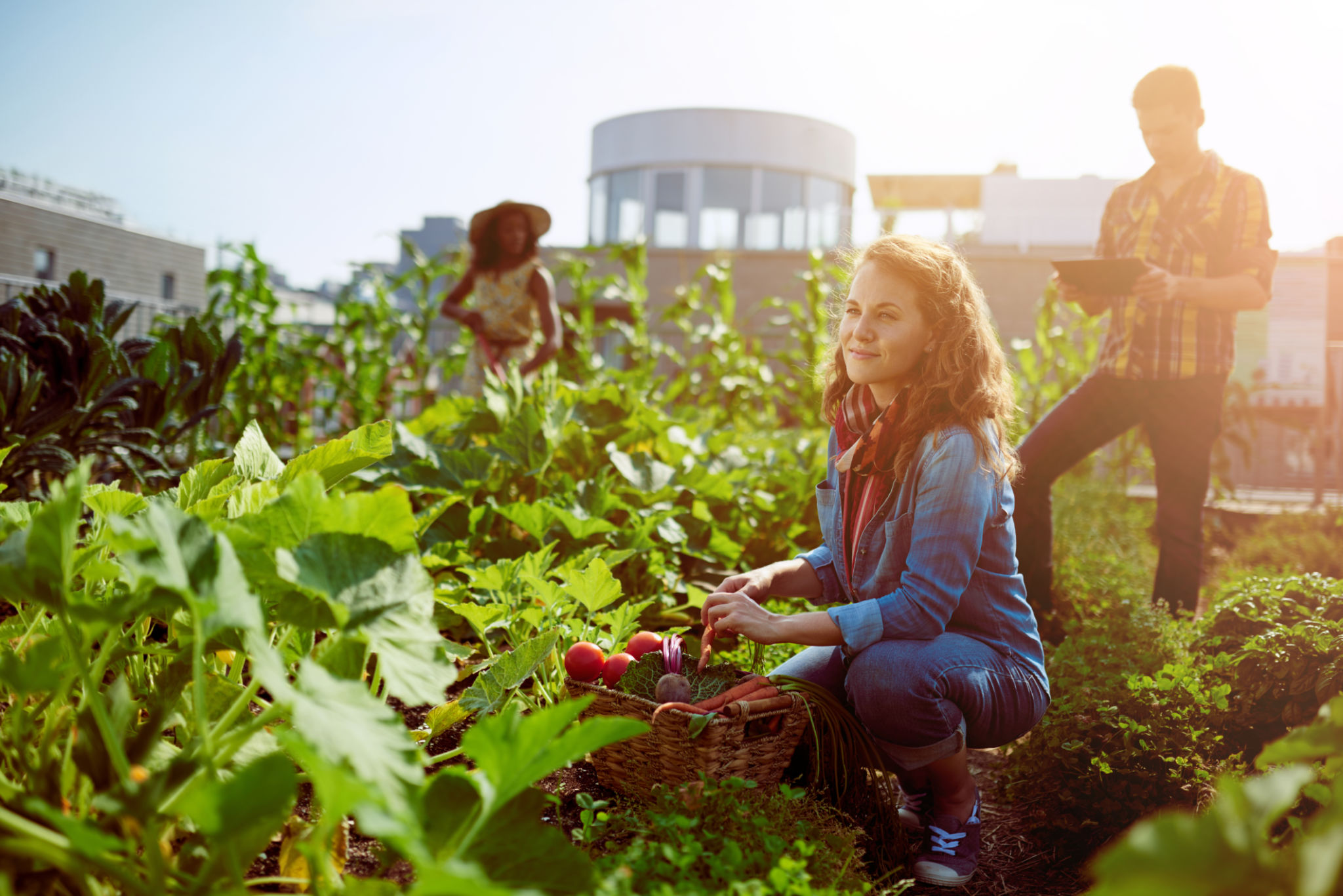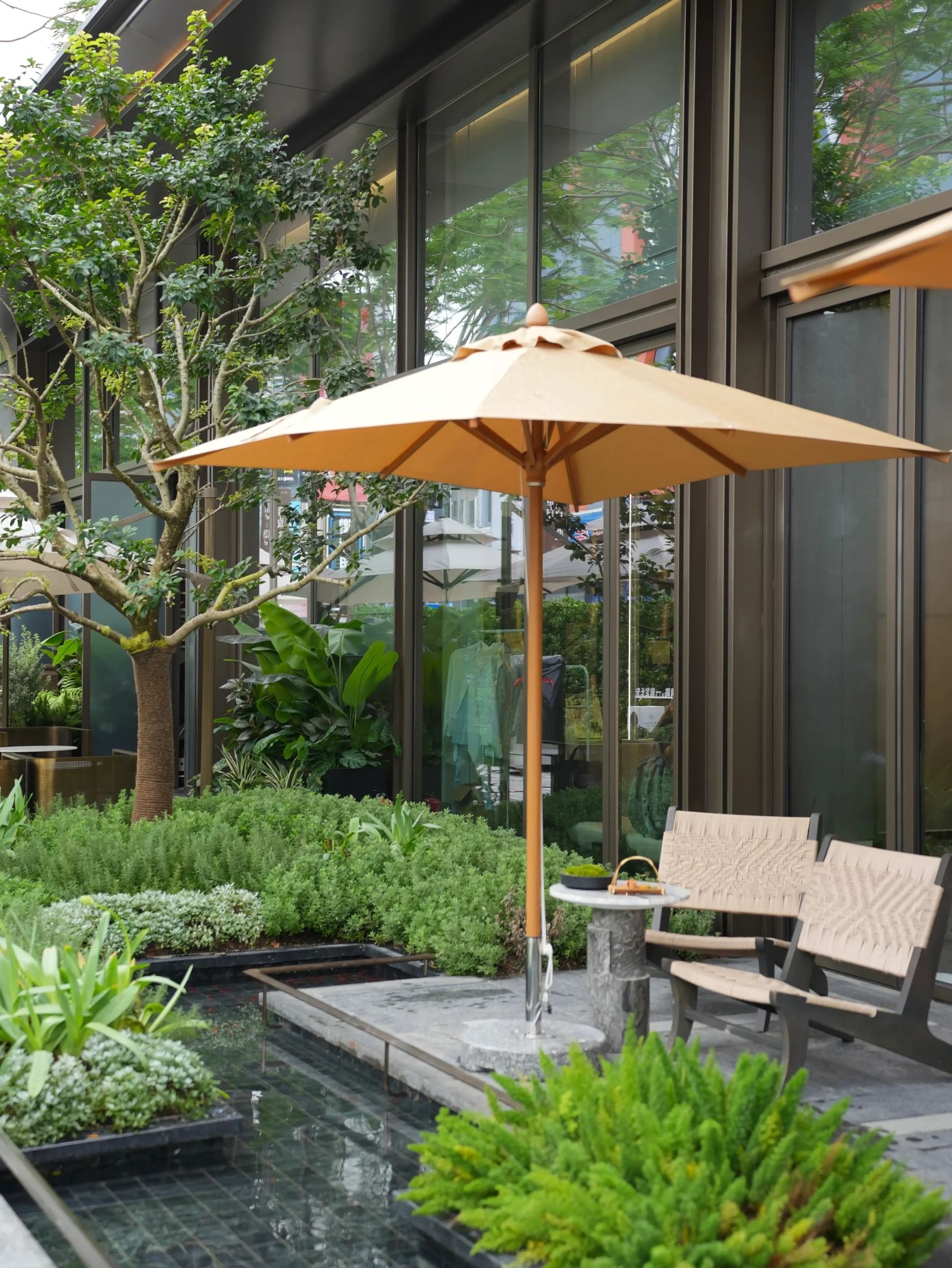Case Study: Transforming a Small Urban Space into a Green Oasis in Dubai
MA
Introduction to Urban Green Spaces
In the bustling metropolis of Dubai, finding a patch of green amid the concrete jungle is a rarity. Urban spaces are often characterized by towering skyscrapers and dense infrastructure, leaving little room for nature. However, transforming these small urban spaces into lush green oases is not only possible but can significantly enhance the quality of life for city dwellers.
Creating a green oasis in a restricted urban area involves innovative thinking and strategic planning. This case study explores how a small urban space in Dubai was transformed into a thriving green environment, offering a refreshing escape in the heart of the city.

The Challenges of Urban Space
One of the primary challenges faced in urban landscaping is the limited space available for greenery. In Dubai, where land is at a premium, every square meter counts. Additionally, the harsh climate poses further challenges, making it crucial to select plants that can withstand high temperatures and low water availability.
Another significant challenge is the integration of these green areas into the existing urban infrastructure without disrupting the everyday life of residents. Therefore, careful planning and design are essential to ensure that the green space is both functional and aesthetically pleasing.
Design and Planning
The transformation process began with a comprehensive design plan that considered the existing conditions and potential improvements. The design aimed to maximize the use of vertical space, incorporating elements such as vertical gardens and rooftop planting to overcome spatial limitations.

To ensure sustainability, selecting native plants that thrive in Dubai's climate was a priority. These plants require less water and maintenance, making them ideal for urban settings. Moreover, the integration of smart irrigation systems helped optimize water usage and maintain plant health.
Implementation and Execution
Once the design phase was complete, the execution involved several stages. First, the space was cleared and prepped for planting. Soil quality was improved through the addition of organic matter and nutrients to support plant growth.
Next, the installation of structures for vertical gardens and other features took place. The planting of selected flora followed, with careful attention to spacing and sunlight exposure to ensure optimal growth conditions. The final stage involved installing pathways and seating areas, creating a welcoming environment for relaxation.

The Impact on the Community
The transformation of this small urban space into a green oasis has had a profound impact on the surrounding community. Residents now have access to a peaceful retreat where they can unwind and connect with nature, enhancing their overall well-being.
This project has also inspired other urban initiatives, highlighting the importance of integrating nature into city planning. The success of this green oasis demonstrates how even small changes can make a significant difference in urban environments.
Conclusion
Transforming a small urban space into a green oasis in Dubai showcases the potential for sustainable urban development. By overcoming challenges with innovative design and execution, it is possible to create environments that benefit both people and nature. This case study serves as a model for future projects aiming to bring more greenery into cities worldwide.
As cities continue to grow, incorporating green spaces will be vital for maintaining environmental balance and improving urban living conditions. The success of this project in Dubai serves as an inspiring example of what can be achieved with vision and commitment.
